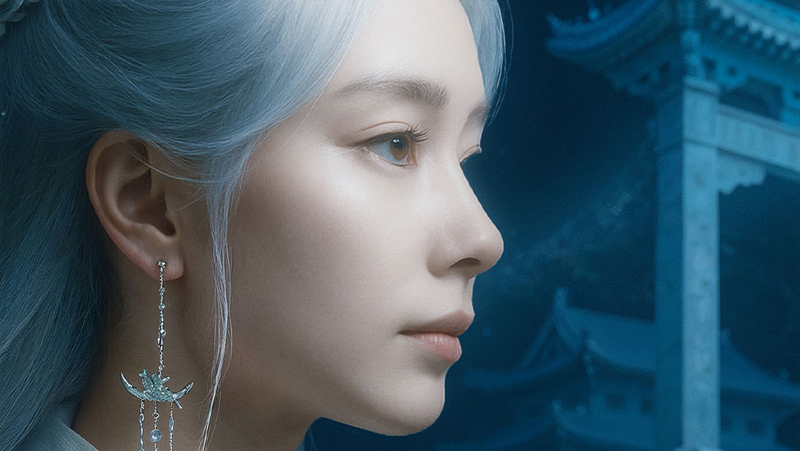In a celestial marriage of tradition and innovation, China's space missions are breathing new life into ancient myths. Characters like Chang'e, the moon goddess; Yutu, her jade rabbit companion; and the legendary Monkey King Wukong have transitioned from folklore to the forefront of space exploration, symbolizing the harmony between China's cultural heritage and its scientific ambitions.
Chang'e, the namesake of China's lunar exploration program, has inspired multiple successful moon missions, including the groundbreaking Chang'e-4 rover that touched down on the far side of the moon in 2019. The Yutu rover, named after the mythic jade rabbit, became an engineering marvel during its 972-day lunar surface operation. Meanwhile, the Wukong Dark Matter Particle Explorer satellite, launched in 2015, continues to 'journey to the heavens' much like its mythical namesake from the classic novel 'Journey to the West.'
A growing trend among Chinese engineers links technological achievement with cultural storytelling. 'These names capture both public imagination and the spirit of discovery,' explains Dr. Li Wei, a historian of technology at Tsinghua University. 'They create a bridge between ancient wisdom and modern science.'
This approach also resonates globally, blending cultural identity with universal scientific aspirations. As China advances its space ambitions—including lunar bases and Martian exploration—the cosmic narrative of its ancient myths continues to evolve, offering fresh perspectives on humanity's place in the universe.
Reference(s):
How Chinese mythical figures live on through space exploration
cgtn.com






